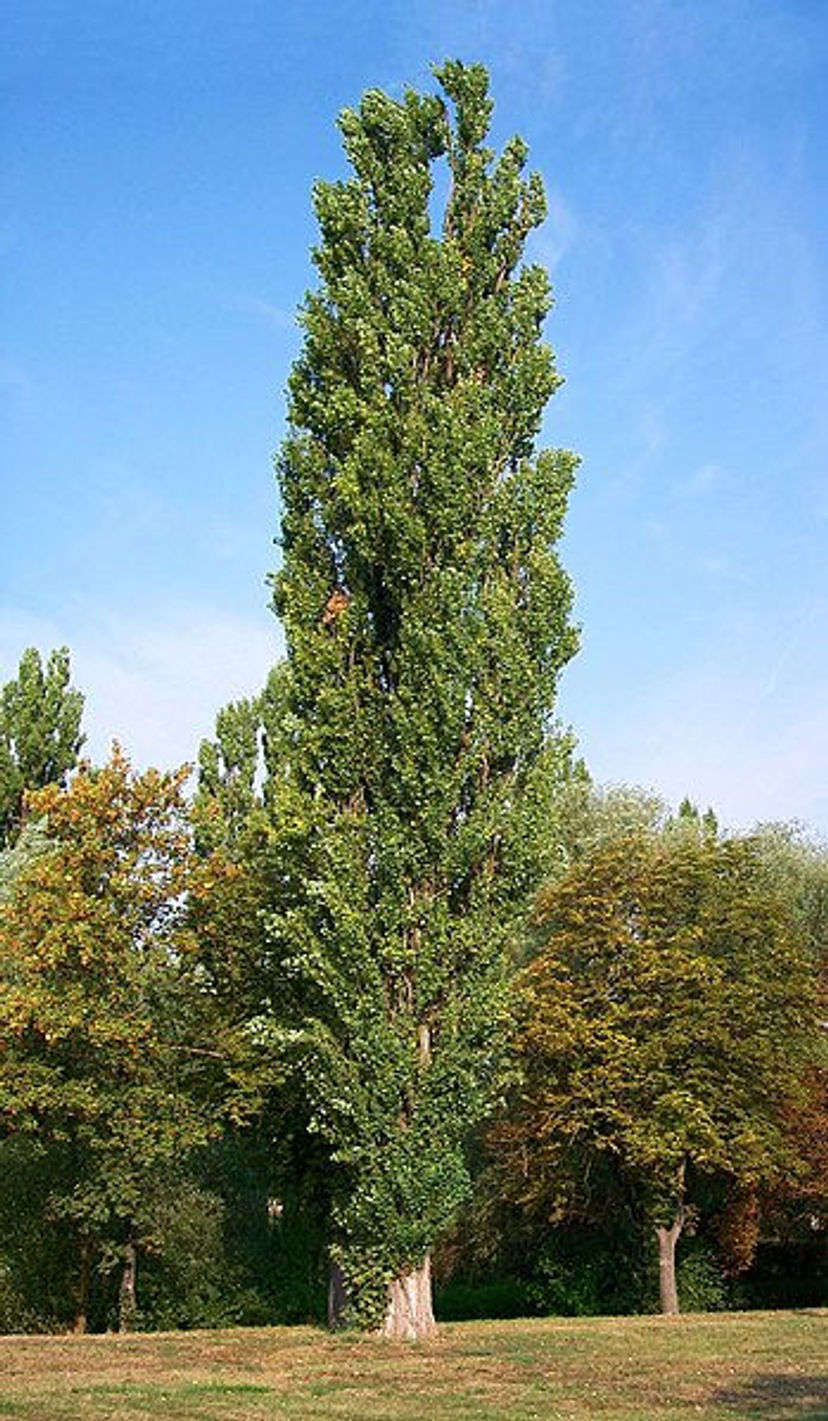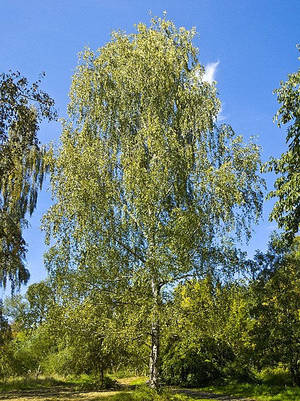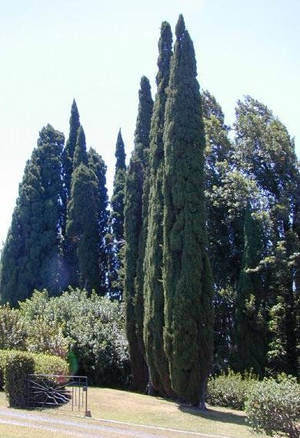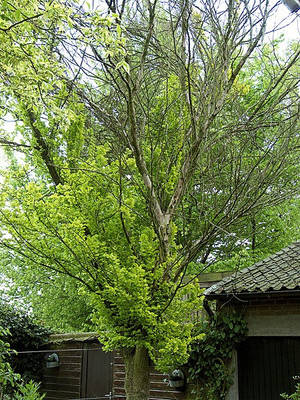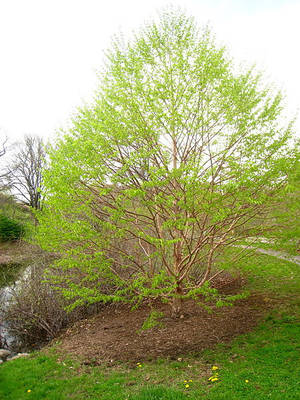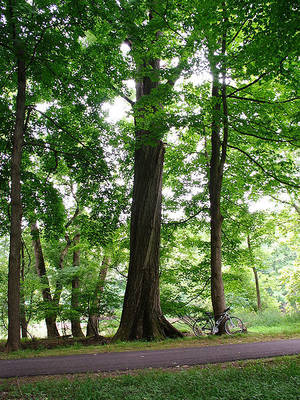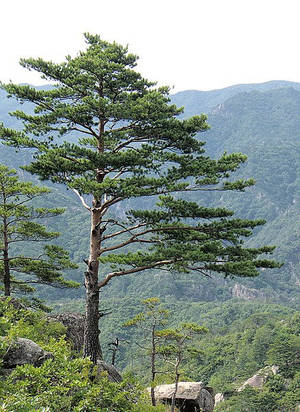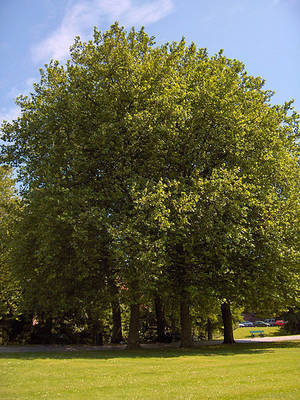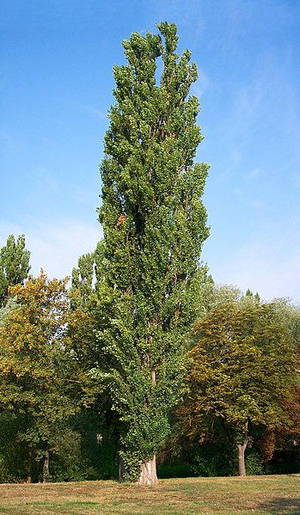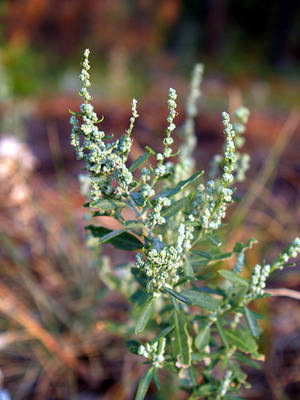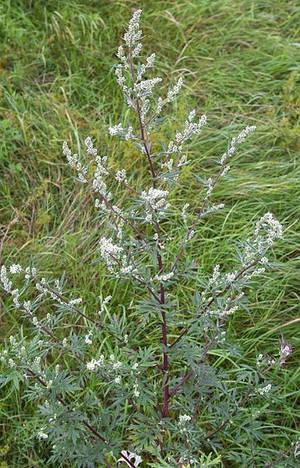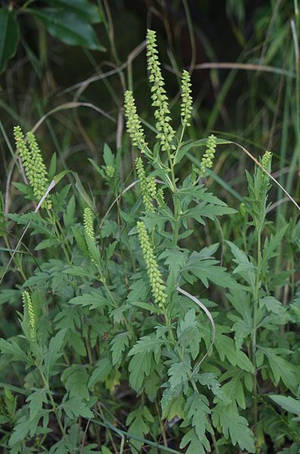Poplar / Cottonwood
Poplars and cottonwoods are two closely related tree species in the genus Populus. Both tree species are native to North America and are widely distributed across the continent. Poplars and cottonwoods are often found growing in riparian areas, where they provide valuable habitat and food for a variety of wildlife species.
Poplars and cottonwoods are deciduous trees, meaning they lose their leaves each fall. Both tree species are fast-growing and can reach heights of over 100 feet (30 meters). The leaves of poplars and cottonwoods are simple and alternate on the stem. The leaf shape varies depending on the species, but is typically oval or heart-shaped. The leaves of poplars and cottonwoods are typically green in summer and turn yellow, red, or brown in fall.
The flowers of poplars and cottonwoods are small and borne in clusters. The trees are wind-pollinated, with the pollen being disseminated by the wind. The fruits of poplars and cottonwoods are small, dry capsules that contain seeds.
Poplars and cottonwoods are an important source of food and shelter for a variety of wildlife species. The trees provide nesting sites for birds, and the leaves are a food source for caterpillars and other insects. Poplars and cottonwoods also provide valuable habitat for fish and other aquatic organisms in riparian areas.
Pollen from poplars and cottonwoods can cause allergies in people who are sensitive to it. The pollen is released into the air when the trees are in bloom, which is typically in the spring. It can cause respiratory problems, such as sneezing, coughing, and difficulty breathing. It can also cause watery eyes, a runny nose, and itching.
People who are allergic to pollen from poplars and cottonwoods can take steps to avoid it. They should stay indoors when the pollen is in the air, and use an air conditioner if possible. They should also wear a dust mask when they go outside. If they have to be outdoors, they should try to stay away from areas where the trees are blooming.
https://en.wikipedia.org/wiki/Populus
